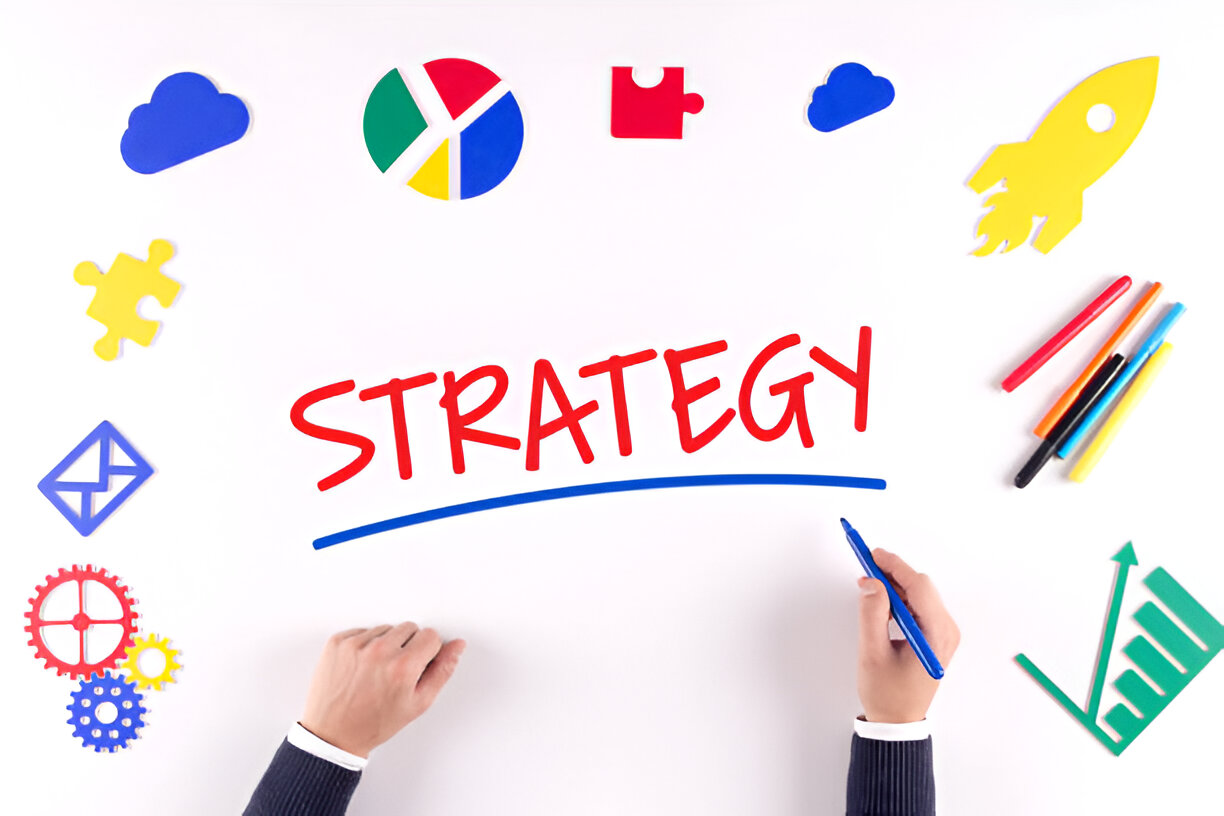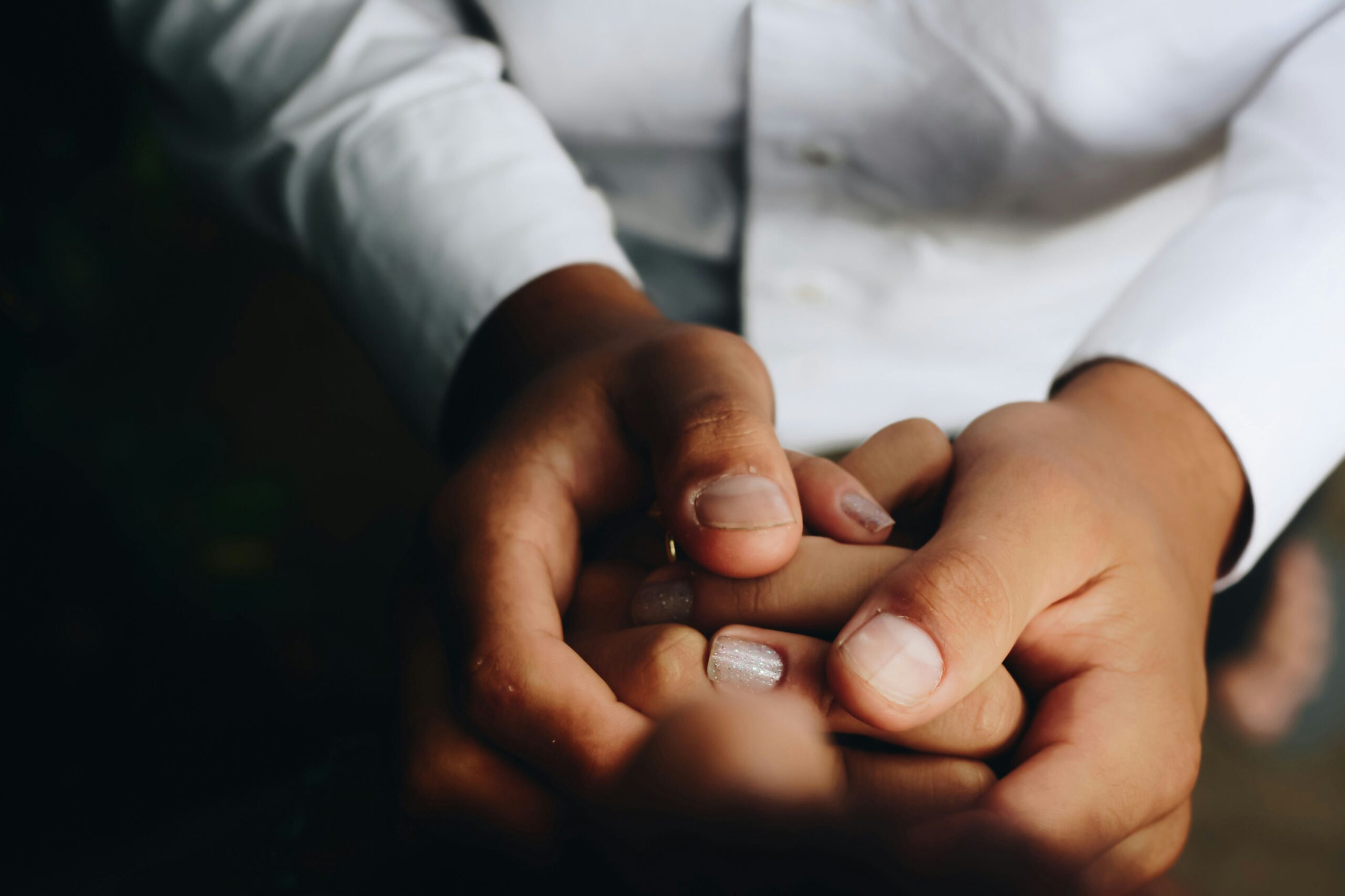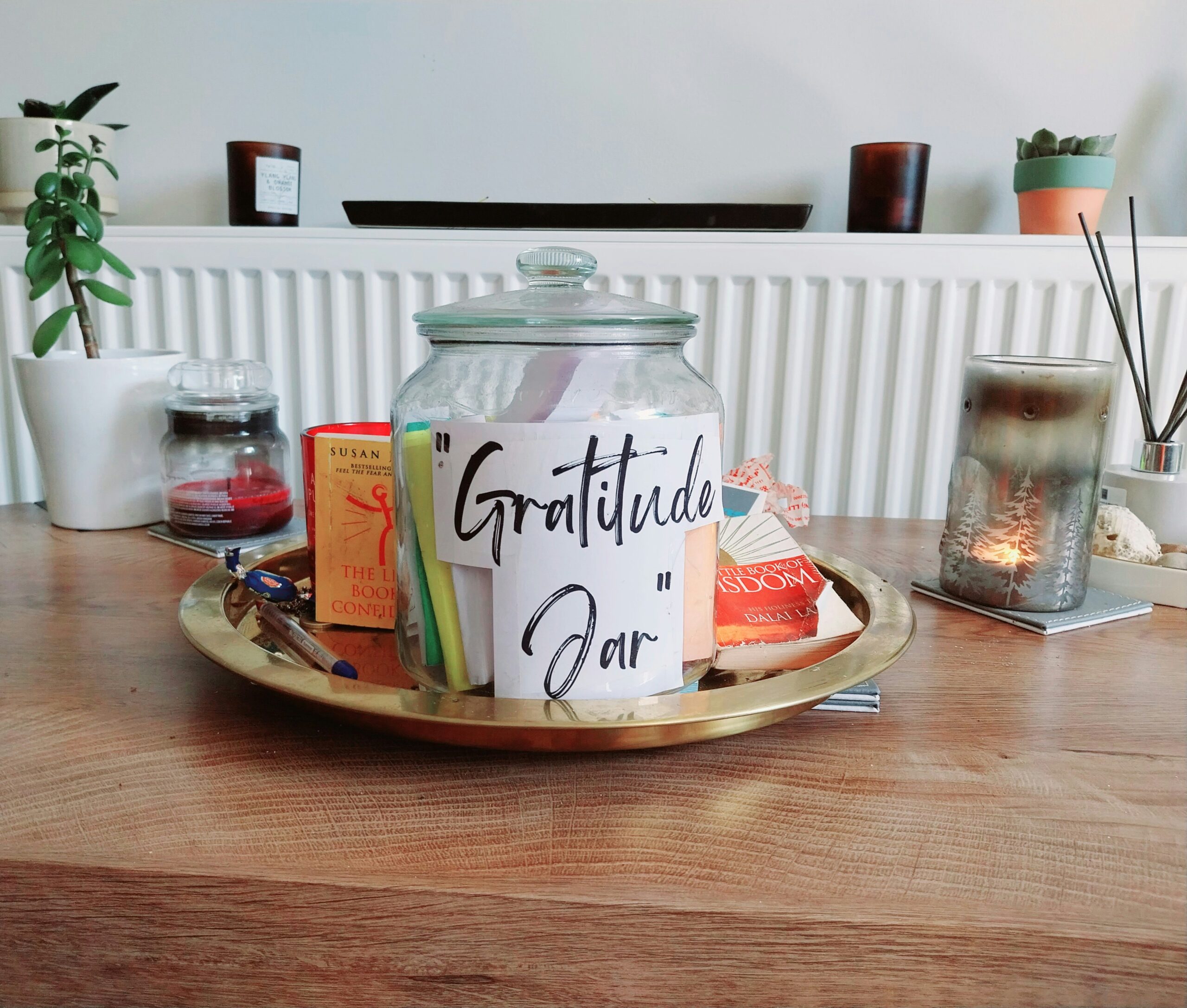
Text by Catherine Newman
Imagine you’re walking past a shallow pond where a tiny child has fallen in and appears to be drowning. Do you rush in and rescue the child? Of course. What if it means ruining your new shoes? Of course — even if they’re really, really nice shoes. You don’t think twice.
Philosopher Peter Singer, ethics specialist and author of
“The Life You Can Save,”
who is famous for his thinking on the topic, argues that we are, ethically, in just such a position all the time: 1.4 billion people are living below the international poverty line of $1.25 a day, and 30,000 children die daily of diseases and malnutrition that our money (the cost of, say, a pair of shoes) could prevent.
Couldn’t we be doing more? Shouldn’t we?
Betty Londergan is. Figuratively speaking, the philanthropist-blogger has ruined a whole lot of shoes — and when I talk to her over the phone, she expresses nothing but joy about it.
Portrait of a Philanthropist
“I don’t know why I’m crying,” Londergan says, crying and also laughing. “I’m optimistic, without doubt. I’m so much more aware now about entrenched poverty; if you have a roof over your head, you’re one in a hundred in the world. But people are bringing so much intelligence and passion and backbreaking labor to these problems that it makes me feel very hopeful. And trust me when I say I’ve gotten much more than I’ve given.”
Which is amazing really, given how much she’s given: Come December 31 it will be $36,500: $100 a day for 365 days, donated to nearly as many different causes and organizations (chronicled in her blog,
What Gives 365
).
And the thing is, at the risk of sounding like one of those celebrity-rag photo captions (“Brad and Angelina shop for frozen pizza just like you do!”), Betty’s a lot like us; that is, not someone you’d immediately peg as a philanthropic heroine.
Actually, before she started giving her money away a year ago, Betty was in a position that’s painfully familiar these days: She’d lost her job in advertising and wasn’t optimistic about securing another one, given that she’s now, as she puts it, “approximately 250 in carbon-dated ad-hipster years.” She and her husband had watched their investments eddy away down the drain with everybody else’s. “I was literally sick — so angry and frustrated,” she says. “It was such an ugly side of me. I didn’t want to be that person. The only way I was going to get over it was to give most of my money away on purpose.”
Holy nonattachment, Batman! But then, part of you knows she’s right when she says, “Giving away money is the absolute antidote to fear and insecurity about money. Desire and clutching cause suffering — and when you let go, it’s a beautiful thing.”
Betty’s not a nun or anything (though, she jokes, she’s hoping the project turns her into an honorary Buddhist “without meditating!”). She’s just a regular person: one with both a modest past — “I think my mother rationed out every slice of lunch meat we ever ate!” — and a modest present: “We’re not rich. I’m actually really neurotic about finances. But my daughter got a scholarship to college, and I had this small inheritance from my parents that I wanted to spend doing something good. I’ve been blessed beyond belief.”
Selling the Idea of Giving
Betty’s like the love child of Mother Teresa and Don Draper: generous, of course, but also infectiously enthusiastic and delighted, self-ironic and hilarious. She could probably sell rain to Seattle, only now she’s selling the idea of giving, with her superengaging and wildly inspiring daily blog posts: “Every day I end up talking to someone who’s doing something really extraordinary — part of this web of interconnected people who are trying to make the world better in their different ways — and it’s so exhilarating. I’m just blown away by them.”
By, for example, Nnaemeka Ikegwuonu of the Smallholders Foundation in Nigeria, which is currently training thousands of young people in sustainable crop cultivation. By Khalida Brohi in Pakistan, who devotes herself, under constant threat, to the prevention of honor killings there, and 23-year-old Maggie Doyne, founder of the Kopila Valley Children’s Home in Nepal, and a woman living with AIDS in North Carolina, and… I finally force myself to interrupt Betty, given that it’s been nearly an hour since I asked her which donations have most inspired her, and she has stopped gushing only long enough to laugh or cry — both of which she does easily.
The charities might seem all over the place — and actually, they are, representing Betty’s divergent passions, requests sent from around the world, and also, she admits, her own “ADD.” “I thought I was going to be methodically choosing big charities, and it hasn’t been that way at all,” she says. “If something moves me, then I follow my heart.”
In Search of “Right Giving”
What about you? Can you follow your heart? Can you give a little more? Even if, like Betty, you have to wrestle with the questions of where and how and how much?
Even if, like mine, your job and future are ruthlessly uncertain, and your already microscopic portfolios are shrinking away, and there’s college and retirement to save for, and you want a mudroom so badly that you could weep and kick the pile of filthy boots out from under your dining table where you are trying to eat your modest dinner? Yes.
“Even in the worst of times,” Singer writes, putting the sucking economy in perspective, “our lives remain infinitely better than those of people living in extreme poverty.” And therein lies the painful equation.
Do I need tidier shoe storage more than someone else needs a place to live? Do my kids need new stainless-steel lunchboxes more than somebody else’s children need to not starve to death? What if my own children were the ones who needed help? It is painful to imagine, I know — but then it might just be inhuman not to.
These are the kinds of gut-wrenching questions that aren’t easily answered by secular charity, which can feel a little willy-nilly: a check here, a dollar there, whatever you can “afford.” So how can we give enough to feel that we’re making some kind of difference, and from a pure-hearted place that’s not tainted by guilt or ego? How can we find our way toward the notion of “right giving”?
Looking to Religion
Religious scripture, on the other hand, tends to be quite precise about the obligation to give. (The Bible itself contains more than 2,500 references to the poor.)
Accidental Buddhist Betty Londergan is also a practicing Catholic: “I don’t think of myself as ‘oh so generous,’ but if you have two coats, you need to give one away. You love your neighbor as yourself and you feed the poor. That’s just scripture. You can argue creationism or whatever until the day is done, but you cannot argue about feeding the poor.”
In a similar vein, Rabbi Rachel Cowan, executive director of the Jewish Institute for Spirituality, explained to me that tzedakah, the Jewish concept of charity, literally translates as justice.
“There’s an example from Jewish teaching, which comes from the Bible: You don’t cut your fields all the way to the edge, and the crops you leave there belong to the poor. They belong to them.”
The Talmud even codifies giving into eight progressive levels of virtue: Giving anonymously is holier than giving face to face, and the most noble gift is one that enables the recipient to become more sufficient. The least commendable is one that’s given begrudgingly. (This hierarchy could be a real eye-opener for anyone who’s ever grumpily agreed to tack that extra charity dollar onto her grocery bill just because she didn’t want to look cheap.)
At its heart, every religion is about serving the poor, of course — whether it’s the Muslim practice of zakat, Christian tithing, or Buddhist compassion. As Rabbi Cowan put it, “It’s about getting you out of that story that’s all about you. When your heart is open and you give from that place, it’s not look at me, how great I am. The more you do, the more you feel a connection to other people and a desire to respond to suffering and injustice. It’s different from giving that’s motivated by shame, or from wanting to be in the highest circle of donors.”
Although, hey, if you want to get your name on a school in Mozambique, go for it — it’s still better to build the school than not to.
Breaking Down the Golden Rule
If our giving practices aren’t grounded in some kind of religious tradition, it can be harder to feel we’re doing enough, as if there could ever be such a thing. In “The Life You Can Save,” Singer writes that: “It may not be possible to consider ourselves to be living a morally good life unless we give a great deal more than most of us would think it realistic to give.”
To translate the Golden Rule into simple philosophical terms: We shouldn’t spend money on things we don’t need when others don’t have the things they do.
My kids seem to grasp this intuitively — or maybe I’ve just been talking even more obsessively than usual about giving, given that I’m working on this article. Either way, when I was standing behind my shopping cart last week, considering a box of streak-and-something, my
7-year-old daughter
took it from my graying hands.
“Ten dollars?” She was totally aghast. “Are you kidding me? You’re so pretty, Mama. Leave your hair nice and plain and send that money straight to Haiti.”
Nice and plain indeed! But can you argue with the passion or logic? Because, among other things, it feels crappy to buy crap. Does anyone lie on her deathbed thinking if only she’d bought that one floral-print toothbrush caddy?
This doesn’t mean, by the way, that you have to turn into Mahatma Gandhi or a martyr (with unsightly roots). Or utilitarian philanthropist Zell Kravinsky, who gave away one of his kidneys to a stranger. Or the Atlanta Salwen family, authors of
“The Power of Half,”
who, on the urging of their teenage daughter, Hannah, sold their big house, bought a smaller one, and gave away the difference.
I’m glad there are people like that in the world, even if they do give me kind of a hair-shirty feeling. But there’s a continuum of gray between the black and the white, Singer assured me, a notion seconded by everyone I spoke to: Don’t let the perfect be the enemy of (literally, in this case) the good.
“Even if you’re not doing absolutely everything you could be, you can still make a difference without making a huge sacrifice,” Singer says. You don’t have to wear sackcloth or become a saint. “And there’s lots of evidence that giving actually makes people happier — that people who are generous enjoy their lives more.”
The Unexpected Payoff
Saint Francis of Assisi’s famous prayer, “For it is in giving that we receive,” has now become a topic of great interest to some scientists who are studying what they call “the hedonic benefits of generosity.” Neuroscientists, for example, have used neural imaging to show that acts of generosity light up the very pleasure and reward centers in your brain that are associated with sex and drugs.
“We could quit our cocaine-orgy habit and donate the money to charity!” I joke to my husband — but I can’t help thinking of Betty, who uses expressions like “a total rush” when you talk to her about giving.
Social psychologist Elizabeth Dunn has also shown that, while spending money on others increases happiness, that same correlation doesn’t apply to spending money on yourself. (To test this, try noticing how you feel the next time you click “Complete Purchase” online. Weren’t you happier about those cashmere tights before you actually bought them?)
And Princeton cognitive neuroscientist Joshua Greene suggests that “natural selection can favor altruistic instincts under the right conditions.” In other words: You just might be hardwired to give — a feat of adaptive philanthropy that gets biochemically rewarded by happy-brain drugs.
It feels good to be good. But if the pleasure of a more just world can seem a little intangible, enjoy the concrete benefits too: less clutter, more simplicity, significant tax write-offs, and such thrifty delights as camping, making your own holiday gifts, or finding $200 Citizens of Humanity jeans for four bucks at the Salvation Army. (I’m just saying.)
Or consider the Salwens, who are so much happier in their smaller house, ultimately feeling as though they’ve swapped stuff for purpose and connectedness. Or, at this time of year in particular, reflect on the true meaning of giving: ‘Tis the season for loving mankind and for charities to make their end-of-the-year benchmarks.
And if none of that moves you, consider the slogan of Crowdrise, a social-networking fund-raising website that taps into your own community to raise money for your causes: If you don’t give back no one will like you. Word.
How to Begin Giving
So, exactly how much should you be giving? “More than might seem reasonable” seems to be the answer everybody gave me — though maybe you shouldn’t do what I did and ask the cofounder of the 50% League (a group originally made of people who had given 50 percent of their income, assets, or profits).
Or maybe you should. It’s Christopher Ellinger, who also founded the philanthropy and education organization Bolder Giving; his message, he says, isn’t necessarily about just thinking of what you can do without (e.g., scaling back on your latte habit — though that might not be a bad place to start). Instead, he wants us to think of what we value most and do what we can to create more of it in the world.
“We’re in a culture of scarcity, and people are feeling it during the recession,” he acknowledged, “but that doesn’t mean you have to react and contract.”
Similarly, Brent Kessel, CFP, cofounder of Abacus Wealth Partners and author of
“It’s Not About the Money”
echoed Betty’s Zen counsel: “Generosity is a way of telling the subconscious mind: I already have enough. If you reach out your hand to help, you know you’re coming from a place of sufficiency. And when we give away more than is comfortable, we acknowledge that we’re going to die and we can’t take it with us. It can have the same effect as a Tibetan meditation practice.”
Does that mean blowing away the sand mandala of your retirement fund? No. Kessel wants his clients to feel secure. But then he challenges them to give away a little more than is completely comfortable.
In fact, he recommends giving 10 percent of one’s income. (See
“The Path to Charity.”
)
“Ten percent would be a minimum,” Rabbi Cowan agreed. “It should be graduated, like income tax. If you have a lot, it should be 50 percent.” Like Bill Gates and Warren Buffett, who have given a staggering $29 billion and $31 billion, respectively. (As I told my husband: “If I had 62 billion dollars, I’d give away 61 billion!” )
Singer advocates a sliding scale of 1 percent to 33 percent, depending on whether your income is modest or massive; when my husband and I went to his site to calculate our donation, we were surprised by the amount, given our unrichness. But we have 20 years of graduate school behind us, so thrift is as natural as breathing.
And as Ellinger says, there’s a lot you can do and still be comfortable: Make your own coffee; play board games at home; cook frozen shrimp instead of eating out.
Still, it can feel like a lot — and not enough. Again I consider Singer’s advice: “The whole problem is vast. But that vast problem is made up of a billion individuals, so any donation can affect a family or a child.” Or Mother Teresa’s: “If you can’t feed a hundred people, feed just one.”
Betty says someday she’d like to have a space big enough to fill with the photos of the people she’s blogged about — “this patchwork of everybody who’s touched everybody else and brought inspiration to me.” She cries a little and says, “I am lucky, lucky, lucky.” Us too, I am thinking.
Then she adds, “Am I paying it forward? No. I’m paying it backward. I’ve been given so much. This is exactly what I should be doing.”
Consider that child in the pond. Whether you give from a place of altruism or abundance or karmic justice, optimism or duty or a bleeding, loving heart, you can do it too.
Read More





















